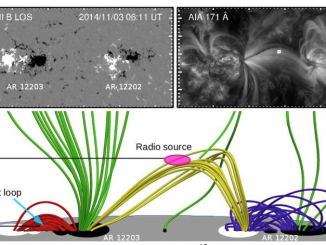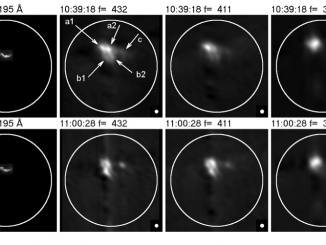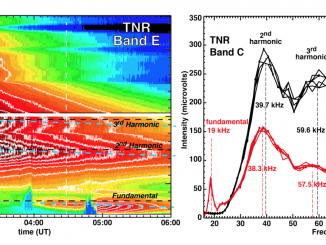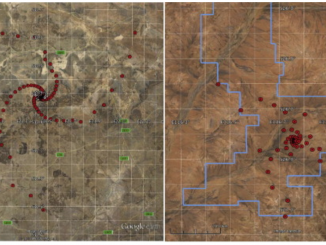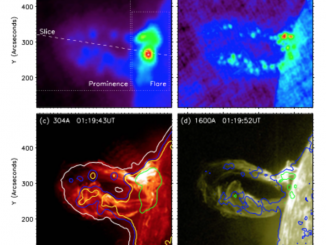Split-Band Feature of a Solar Flare Termination Shock
by Chen et al
In many space and astrophysical plasma contexts, shocks are considered as one of the most important mechanisms for accelerating charged particles up to relativistic speeds. Different types of shocks are present on the Sun. One of the most well-known types is shocks driven by coronal mass ejections (see, e.g., Morosan et al. 2019, and recent CESRA Nuggets by Mancuso et al., Chrysaphi et al., Zucca et al.). There is another […]


